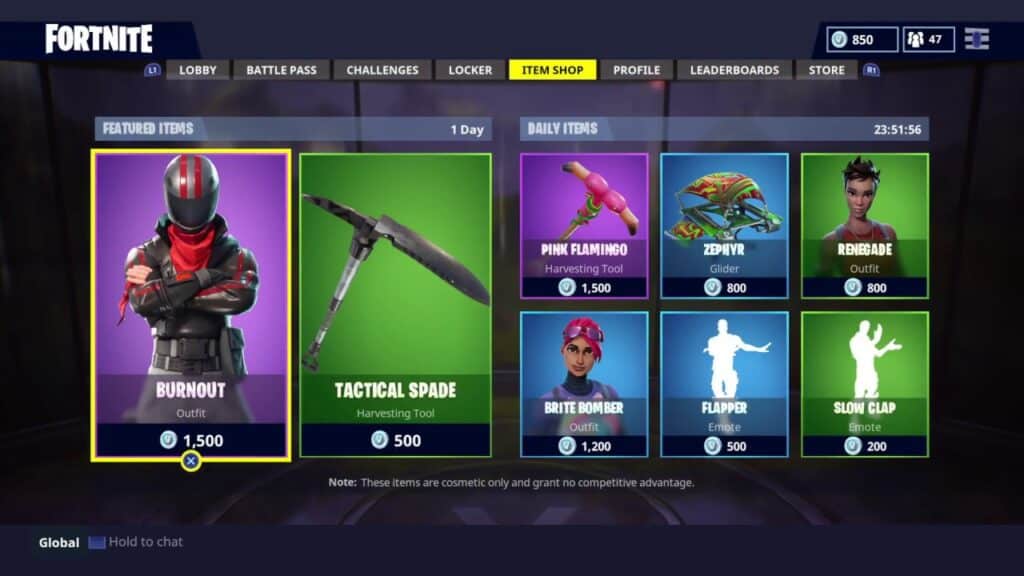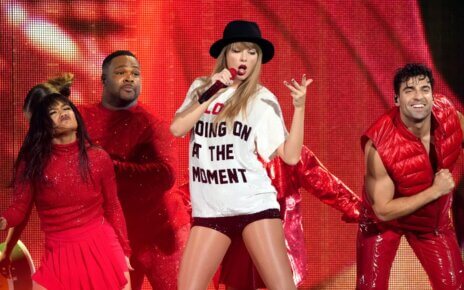Imagine this—You are on a trip to Atlantic City or Las Vegas and you visit a casino. Upon entering the casino, you see a child walk in and begin gambling without anyone batting an eye. What’s your reaction?
To most people, the idea of such a scenario is completely ridiculous, and there are restrictions in place that inhibit children from even entering a casino, let alone playing games.
Unfortunately, this imaginative example isn’t too far off from reality; every day, children and young people are playing video games that require small purchases, referred to as micro-transactions. A micro-transaction is a business model in which users purchase virtual items for small amounts of money; however, as many of us know, purchases like that can add up quickly.
Despite making these purchases, people are unaware of what they are actually buying. For example, in a YouTube video “How Valve is Profiting from Steam’s Backdoor Casinos,” the channel People Make Games likens these small transactions to real-life gambling.
Before we get into it though, let’s back track to the start of this mess. In 2012, Valve, a large video game business, initiated a suspicious new business model. When playing any game that Valve owns, a user will receive a virtual crate that they can open for what is called a “cosmetic” reward. Cosmetic implies that none of these purchases are items are real or tangible products, similar to NFTs. The problem that arises with these crates is that the user cannot open them without a key, which costs about $2.50.
Evidently, the user has not actually won anything; they won a crate that they have pay to open. In many of these Valve games, if someone chooses to go ahead and pay the $2.50 to open the crate, they will see a slot-like animation, spinning different images of what the user could possibly win. The issue with this is that the user’s prize is always predetermined, regardless of the slot animation’s determination.
Nonetheless, as a result of this gimmick, Valve subconsciously tricks the user into believing they won something truly valuable, even though it was never that useful of an item. This motivates users, who have now evolved into extended consumers, to keep purchasing these keys and crates in hopes of winning something huge. This business model creates subliminal messages encouraging gambling addictions. It doesn’t help that these animations are eerily similar to the slot machines you would see in a casino.
In addition to the startup of a new profit channel, gamers have created their own marketplace where they buy, sell, and trade any of their cosmetic items. While these items that you receive in the game are not real, they do have real-life cash value; there exists unofficial websites, in which your “skins” can be traded in for money. There are also now websites in which users can gamble on games and lose or receive skins.
As explained in the “People Make Games” video, because gamers who decide to use these gambling websites do not need a bank account or credit card to play, just a Steam account (for the Valve marketplace), there is nothing stopping underage children from using these websites.
These micro-transactions are problematic, as it enables children, who are a vulnerable audience that do not know better and are unaware of the dangers of gambling, to participate in risky financial decisions.
These video gaming companies capitalize on the vulnerability of their users to generate larger profits.
This is much like how YouTube has now stopped advertising on videos meant for children since they cannot distinguish the difference between entertainment and advertising programming. It doesn’t help that parents are not watching what their children are purchasing as payments are on these marketplace websites and not with credit cards.
Before diving into this topic further, I was completely unaware of this new market, taking advantage of children and encouraging gambling. This new phenomenon is flying under the radar, and we have to remain educated in order to protect these vulnerable groups.




